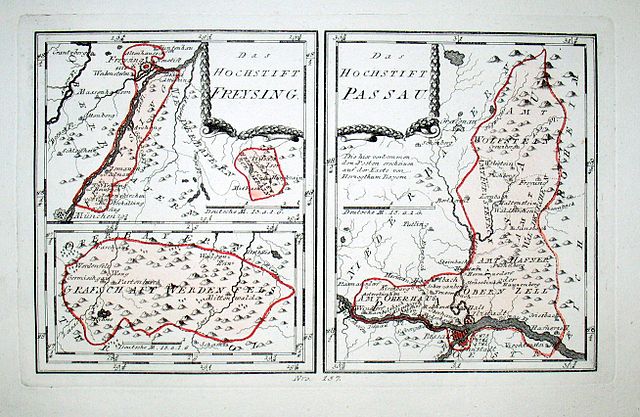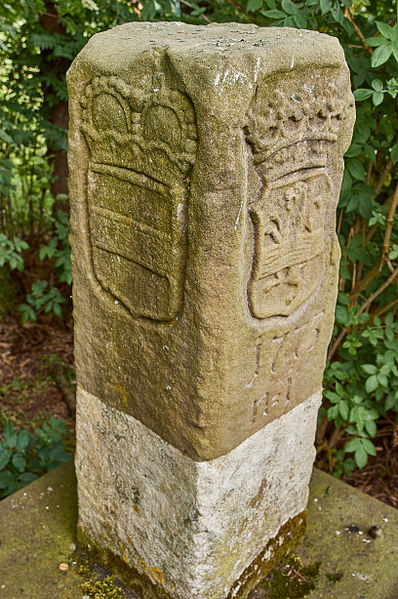Prince-Bishopric of Ratzeburg
The Prince-Bishopric of Ratzeburg was an ecclesiastical principality of the Holy Roman Empire that was located in what is today the states of Schleswig-Holstein and Mecklenburg-Vorpommern in Germany. It was established in 1236 and disestablished following the Peace of Westphalia in 1648. The state capital was the city of Ratzeburg. The Diocese of Ratzeburg had originally been established as a diocese of the Catholic Church in the 11th century but had fallen into abeyance; as a result of the Wendish Crusade, the diocese was re-created in the middle of the 12th century. The territory of the prince-bishopric was managed by secular lords on behalf of the Bishop of Ratzeburg. As a Prince-Bishopric of the Empire, the territory of the state was not identical with that of the bishopric, but was located within its boundaries and made up about a quarter of the diocesan area. When the Prince-Bishopric was disestablished, a new entity was established — the Principality of Ratzeburg. The principality became an exclave of the Duchy of Mecklenburg-Strelitz.

Georg von Blumenthal, the last Catholic Prince-Bishop (1490–1550)
In the Holy Roman Empire, the German term Hochstift referred to the territory ruled by a bishop as a prince, as opposed to his diocese, generally much larger and over which he exercised only spiritual authority. The terms prince-bishopric and ecclesiastical principality are synonymous with Hochstift. Erzstift and Kurerzstift referred respectively to the territory (prince-archbishopric) ruled by a prince-archbishop and an elector-archbishop while Stift referred to the territory ruled by an imperial abbot or abbess, or a princely abbot or abbess. Stift was also often used to refer to any type of ecclesiastical principality.
Hochstifte and dioceses in the late 18th century
Two prince-bishoprics (Hochstifte) in the late 18th century
Stone marker from 1766 demarcating the territories of the Prince-Bishopric of Münster (coat of arms on the left side) and the Dutch province of Overijssel




